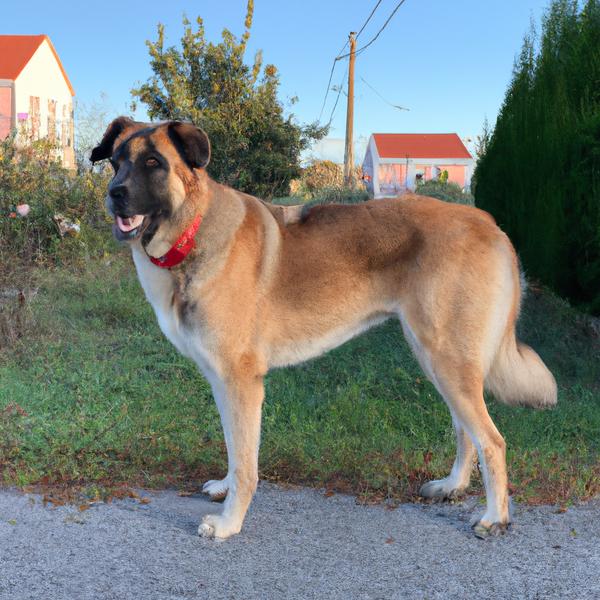German Anatolian Shepherd vs. Siberian Husky: Breed Differences and Similarities
Hypoallergenic
Are German Anatolian Shepherds or Siberian Huskys hypoallergenic, or neither?
Unfortunately, neither German Anatolian Shepherd nor Siberian Husky are hypoallergenic, which may not make them the best choice for dog lovers who suffer from pet allergies.
Temperament
What are the personalities of German Anatolian Shepherd and Siberian Husky dogs?
Curious
Independent
Alert
Courageous
Intelligent
Confident
Obedient
Loyal
Bold
Proud
Steady
Watchful
Alert
Gentle
Outgoing
Friendly
Intelligent
Shedding Level
Do German Anatolian Shepherds shed more than Siberian Huskys, or which breed sheds more, German Anatolian Shepherds or Siberian Huskys?
German Anatolian Shepherds shed a lot of hair each year, so frequent brushing is essential for reducing shedding and maintaining coat health.
Siberian Huskys are heavy shedders, but regular brushing can help manage shedding and promote a healthy coat.
Ancestry
What are the origins of German Anatolian Shepherd and Siberian Husky breeds?
Anatolian Shepherd and German Shepherd
Spitz-type Dogs
Breed recognition
Which kennel clubs recognize/register German Anatolian Shepherd and Siberian Husky?
DRA = Dog Registry of America, Inc.
American Canine Registry
American Kennel Club
America's Pet Registry
Canadian Kennel Club
Dog Registry of America Inc.
Federation Cynologique Internationale
Kennel Club of Great Britain
North American Purebred Registry, Inc.
American Canine Association, Inc.
Australian National Kennel Council
Continental Kennel Club
National Kennel Club
New Zealand Kennel Club
United Kennel Club
Date of Birth
When were German Anatolian Shepherd and Siberian Husky breeds first developed?
Unknown
Ancient Times
Eye Color Possibilites
What are the eye colors of German Anatolian Shepherd and Siberian Husky dogs?
Brown
Amber
Blue
Hazel
Brown
Nose Color Possibilites
What are the natural nose colors of German Anatolian Shepherd and Siberian Husky?
Black
Black
Brown
Coat Color Possibilites
What are the natural colors of the coat for German Anatolian Shepherd and Siberian Husky breeds?
White
Black
Cream
Red
Silver
Blue
Fawn
Brindle
Gray
White
Sable
Pied
Silver
Red
Brown
Gray
Black
Coat Length
What is the typical coat length for German Anatolian Shepherd and Siberian Husky breeds?
German Anatolian Shepherds have longer coats compared to most dogs.
Siberian Huskys have medium-length coats.
Coat Density
What is the density of the coat of German Anatolian Shepherd and Siberian Husky?
Coat Texture
What is the hair texture of German Anatolian Shepherd and Siberian Husky?
Straight
Litter Size
What is the usual litter size for German Anatolian Shepherd and Siberian Husky?
A German Anatolian Shepherd can have a litter of 6-10 puppies on average. However, it's worth noting that the size of the litters can vary greatly. Factors that can influence litter size include the health of the mother, breeding history, and genetics.
A Siberian Husky can have a litter of 12-14 puppies on average. However, it's worth noting that the size of the litters can vary greatly. Factors that can influence litter size include the health of the mother, breeding history, and genetics.
Adaptability
German Anatolian Shepherds are known for their adaptability and can adjust well to different environments and lifestyle changes.
Siberian Huskys are highly adaptable and versatile, making them excellent companions for families and individuals of all lifestyles.
Health Issues
Between German Anatolian Shepherd and Siberian Husky, which breed is more prone to health problems?
German Anatolian Shepherds typically have low vet costs due to their good health, but it's important to monitor their health and seek vet care when necessary.
While the Siberian Husky breed is generally healthy, occasional vet check-ups are still necessary to address any health concerns.
Major Concerns
What are the major health concerns for German Anatolian Shepherd and Siberian Husky breeds?
Hip And Elbow Dysplasia
Heart Disease
Hemophilia A (GS)
Epilepsy
Hemophilia
Laryngeal Paralysis
Minor Concerns
What minor health issues should be kept in mind when owning German Anatolian Shepherd and Siberian Husky?
Degenerative Myelopathy
Ivermectin Sensitivity
Eye Disease and Disorder
Hip Dysplasia
Eye Problems
Zinc Responsive Dermatosis
Occasional Tests
What occasional tests are recommended for German Anatolian Shepherd and Siberian Husky breeds?
X-Rays
Eye examination
Electrocardiogram
Myelopathy
Coagulation Assay
Eye
Hip
Skin Scraping
X-Rays
Eye Examination
Throat
Social Needs
German Anatolian Shepherd vs Siberian Husky social needs comparison
German Anatolian Shepherd and Siberian Husky have average social needs compared to other breeds. They are known to be less active and independent than other breeds, and they are content with spending time alone and with their human family.
Sleeping Need
Which of the two sleeps the most/least: German Anatolian Shepherd or Siberian Husky?
German Anatolian Shepherds sleep less than other breeds but still need adequate sleep for good health.
Siberian Huskys are active and require sufficient sleep to stay healthy.
Mouthiness
Mouthiness Comparison: German Anatolian Shepherd vs Siberian Husky?
Roaming urge
German Anatolian Shepherd vs Labrador: Running away tendency?
Prey Drive
German Anatolian Shepherd or Siberian Husky - which breed has a higher level of prey drive?
Past times
What are some enjoyable activities and ways to keep German Anatolian Shepherd and Siberian Husky entertained?
Playdate, Long walks, Sleep, Park, Walks, Biking, Runs, Watching movies, Couch, Playing, Swim, Walk, Running, Walking, Chillin, Fetch, Hike, Run
Take pictures, Groom, Go to Park, Walk, Play, Chasing leaves, Fetch, Play keep away, Pulling, Exploring, Toys, Walking, Running, Sniffing, Play fighting, Hike, Run, Pooping, Peeing, Jump, Kisses, Chasing birds, Chase, Tons of running, More running, Tug-of-war, Playing, Brushing, Snow, Sniff
Activity Level
Which breed has higher energy, German Anatolian Shepherds or Siberian Huskys?
German Anatolian Shepherd and Siberian Husky are high-energy dogs that require a lot of mental and physical exercise. Without proper stimulation and attention, these breeds can become problematic. If you're considering these breeds, be prepared to invest time and effort in their exercise and training.
Tolerance of being left alone
Walks per Week
How many miles should German Anatolian Shepherd or Siberian Husky walk each week?
German Anatolian Shepherd and Siberian Husky generally need a minimum of 14 miles of walking per week, but it can be increased as long as they are comfortable with it.
Activity per Day
Do German Anatolian Shepherds or Siberian Huskys require more exercise?
In general most German Anatolian Shepherds usually need at least 120 minutes of exercise daily. This can be spread across the day and include all sorts of high-energy activities, like walking, running and playing.
In general most Siberian Huskys usually need at least 90 minutes of exercise daily. This can be spread across the day and include all sorts of high-energy activities, like walking, running and playing.
Grooming
Which breed is easier to maintain in terms of grooming, German Anatolian Shepherds or Siberian Huskys?
German Anatolian Shepherd and Siberian Husky are breeds of dogs that require an average amount of grooming effort.
Brushing Frequency
What is the recommended brushing frequency for German Anatolian Shepherd and Siberian Husky dogs?
German Anatolian Shepherd and Siberian Husky should be brushed at least once a week. Of course, you can give them more frequent brushes if you find that they are still shedding a lot.
Brushing Tools
What brushing tools are used for German Anatolian Shepherds and Siberian Huskys?
Pin Brush
Slicker Brush
Dematter
Comb
Nail Clipper
Slicker Brush
Comb
Deshedder
Nail Clipper
Cups
How much food should be given to German Anatolian Shepherd or Siberian Husky in cups?
For an average 100-125 pound (45 - 57 kg) German Anatolian Shepherd feed 4 cups daily. But, keep in mind, the amount you feed is going to be dependent on the quality of the food you are feeding.
For an average 44-60 pound (20 - 27 kg) Siberian Husky feed 3 cups daily. But, keep in mind, the amount you feed is going to be dependent on the quality of the food you are feeding.
Daily Cost
Which breed has a higher daily cost, German Anatolian Shepherd or Siberian Husky?
The average cost of a German Anatolian Shepherd is somewhere $3.90 - $4.20 per day.
The average cost of a Siberian Husky is somewhere $1.70 - $2.00 per day.
Monthly Cost
Which breed has a higher monthly cost, German Anatolian Shepherd or Siberian Husky?
The average per month expenses of a German Anatolian Shepherd is between $112 - $126. This makes an average of $1344 - $1512 per year. It will be on the higher side when the dog is still small because it will need more frequent visits to the vet, shots.
The average per month expenses of a Siberian Husky is between $48 - $63. This makes an average of $576 - $756 per year. It will be on the higher side when the dog is still small because it will need more frequent visits to the vet, shots.
Sensitivity Level
How do German Anatolian Shepherd and Siberian Husky compare in sensitivity?
This breed is sensitive to its environment and best suited for patient and understanding families with a consistent routine.
This breed is sensitive and requires gentle handling and a calm home environment.
Apartment Friendly
Which breed is more apartment-friendly: German Anatolian Shepherd or Siberian Husky?
It's not recommended to keep German Anatolian Shepherd or Siberian Husky in an apartment, but these breeds make good apartment dogs as long as they get to spend a good amount of time outside of the apartment. Dogs of these breeds living in apartments will need plenty of physical exercise and stimulation throughout the day to remain happy and well-behaved.
Child Friendly
Do German Anatolian Shepherds or Siberian Huskys have a friendlier temperament towards children?
German Anatolian Shepherd and Siberian Husky are kid-friendly dogs. They are good with children and excellent dogs with children if they are socialized and trained at a young age.
Senior-friendly
Which dog is more suitable as a pet for the elderly - German Anatolian Shepherd or Siberian Husky?
Cat Friendly
Do German Anatolian Shepherd or Siberian Husky breeds have a better compatibility with cats?
German Anatolian Shepherds are average in their friendliness toward cats and tend to do well with them, especially if raised together.
Siberian Huskys are not cat friendly.
Dog Friendly
Which breed is more sociable with other dogs: German Anatolian Shepherd or Siberian Husky?
German Anatolian Shepherds are less friendly towards other dogs, but can improve with socialization.
Siberian Huskys are generally very friendly towards other dogs, with a happy and affectionate temperament.
Pet friendly
How do German Anatolian Shepherd or Siberian Husky dogs interact with other pets?
Stranger Friendly
Which breed is more friendly with strangers: German Anatolian Shepherd or Siberian Husky?
German Anatolian Shepherd and Siberian Husky are average friendly around strangers. They can be wary around strangers and a little standoffish, so early socialization is key to ensure they are comfortable around new people.
Playfulness
Which breed is more playful between German Anatolian Shepherd and Siberian Husky?
German Anatolian Shepherds have an average level of playfulness, enjoying playtime like most dogs but not excessively so.
Siberian Huskys are a playful breed that needs daily playtime to be happy.
Trainability
How do the trainability levels of German Anatolian Shepherds and Siberian Huskys compare?
German Anatolian Shepherds are popular for their ease of training and quick learning ability.
Siberian Huskys can be difficult to train and require consistent and patient training.
Compare German Anatolian Shepherd with other breeds
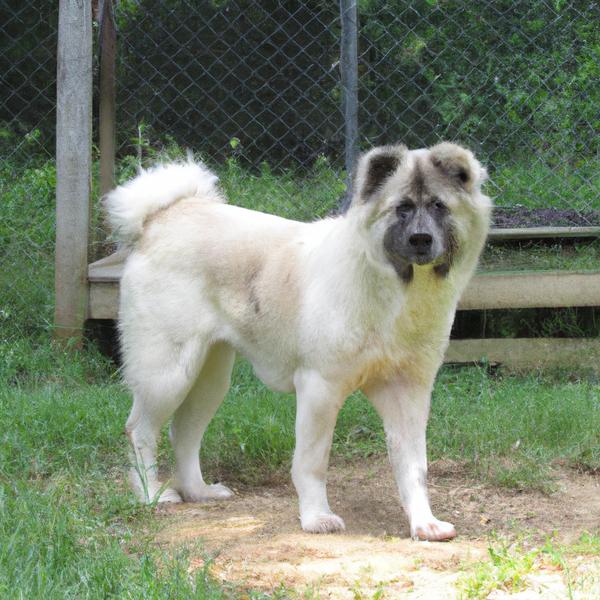
Chion
German Anatolian Shepherd vs Chion
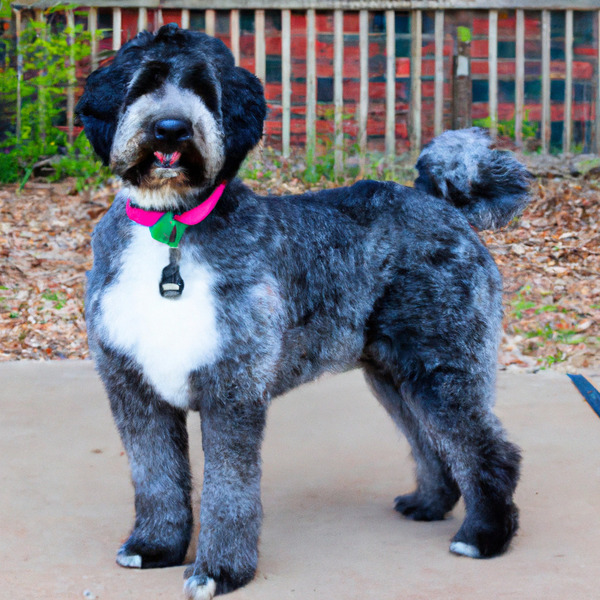
Saint Berdoodle
German Anatolian Shepherd vs Saint Berdoodle
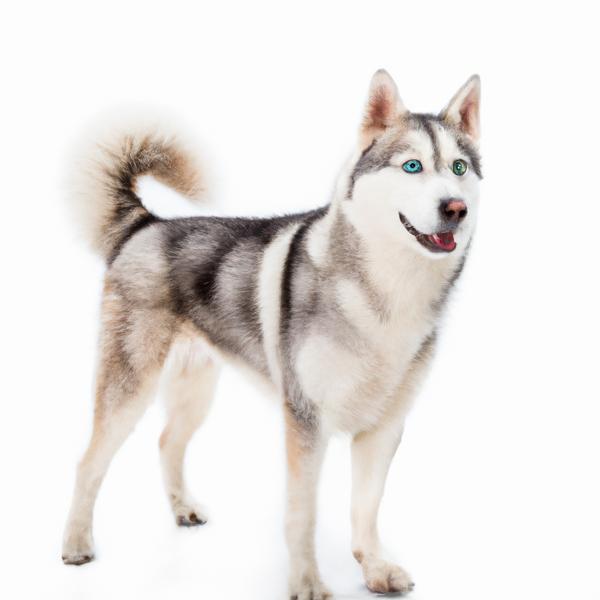
Siberian Husky
German Anatolian Shepherd vs Siberian Husky
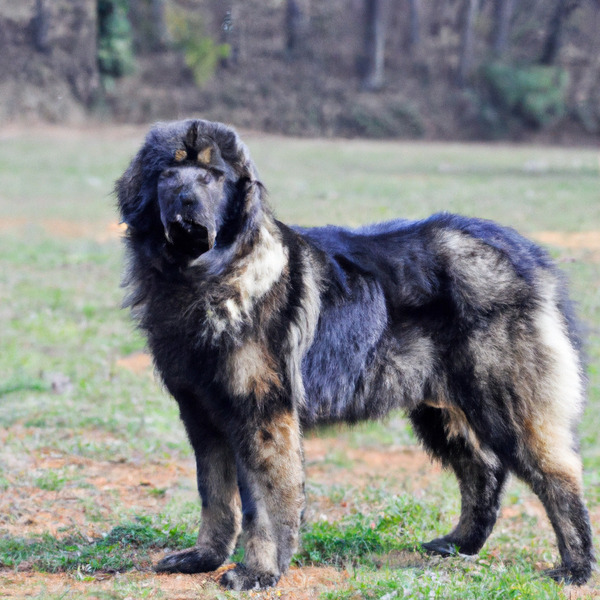
Sarplaninac
German Anatolian Shepherd vs Sarplaninac
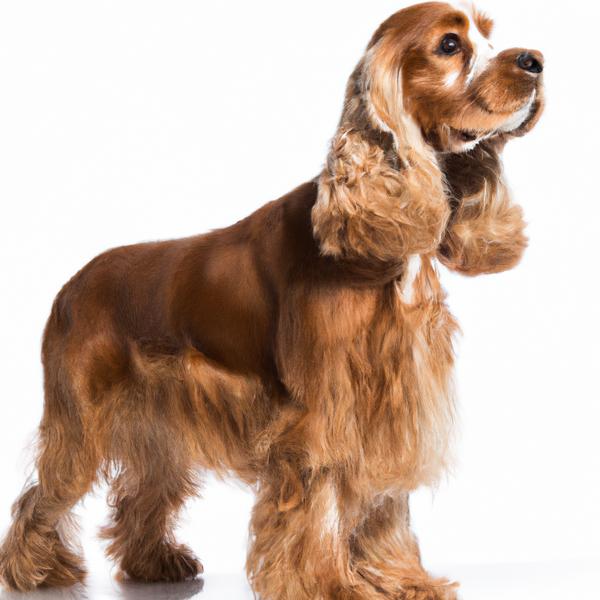
English Toy Cocker Spaniel
German Anatolian Shepherd vs English Toy Cocker Spaniel

Entlebucher Pit
German Anatolian Shepherd vs Entlebucher Pit
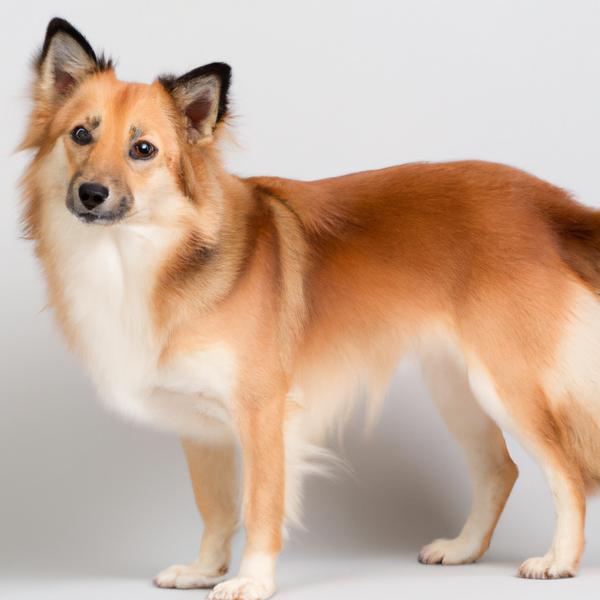
Foxingese
German Anatolian Shepherd vs Foxingese
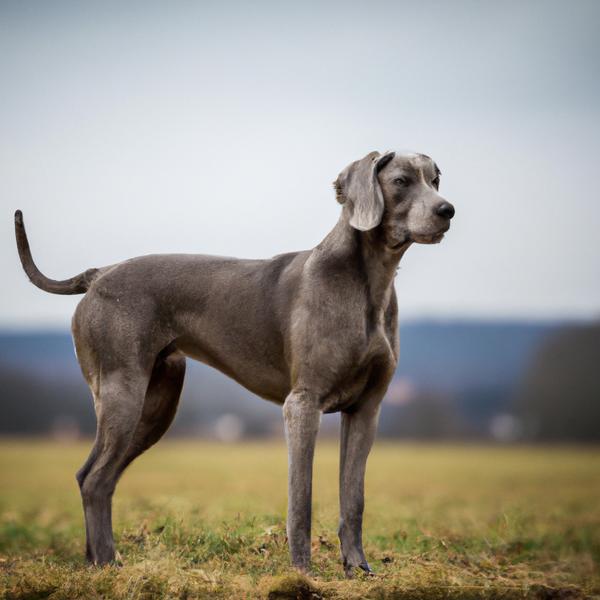
Greyador
German Anatolian Shepherd vs Greyador
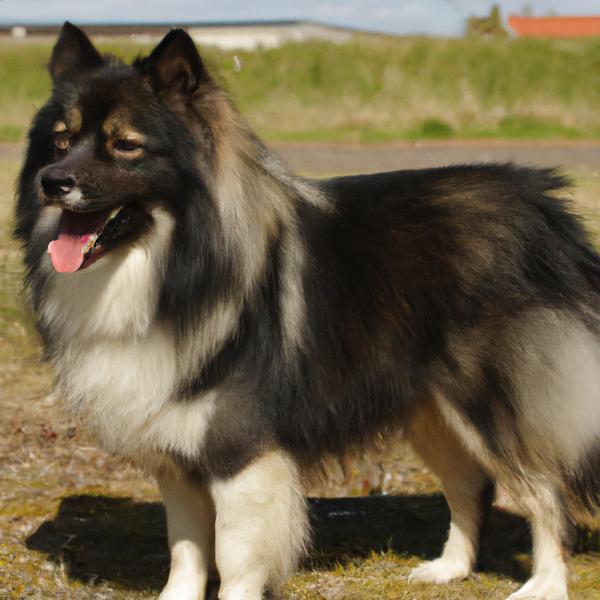
Eskland
German Anatolian Shepherd vs Eskland
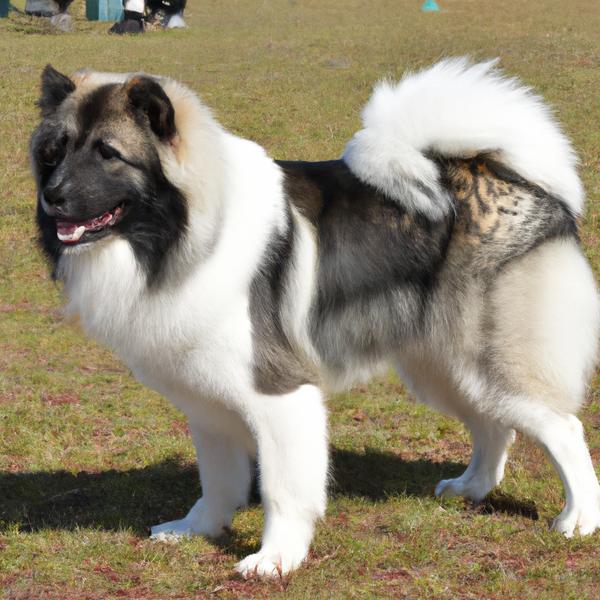
Lhaffon
German Anatolian Shepherd vs Lhaffon

Cheenese
German Anatolian Shepherd vs Cheenese
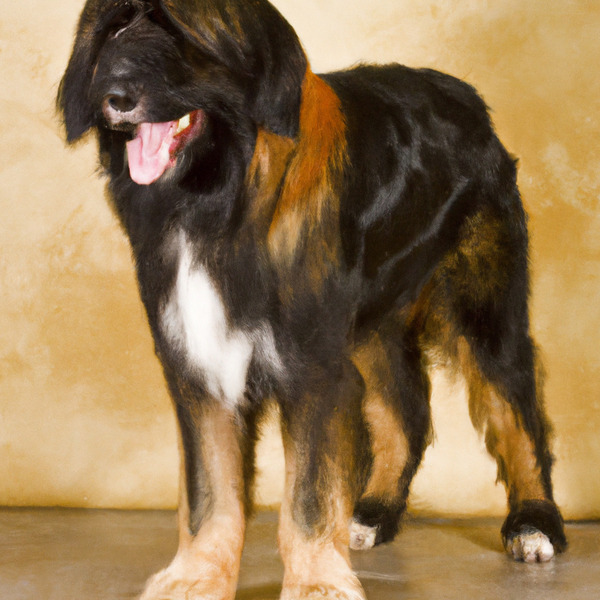
Cavador
German Anatolian Shepherd vs Cavador
